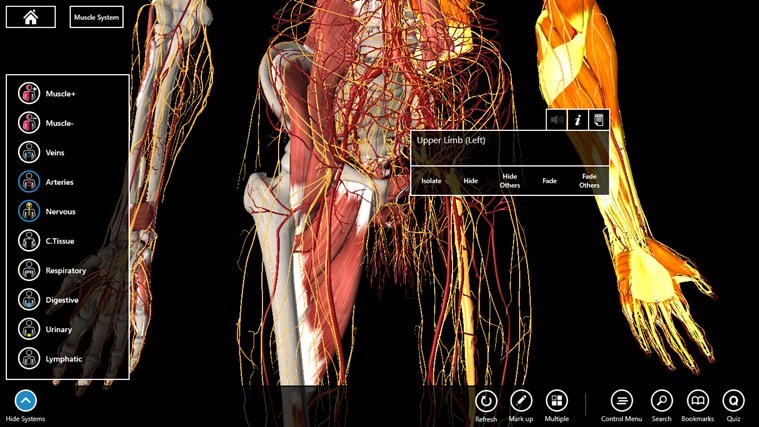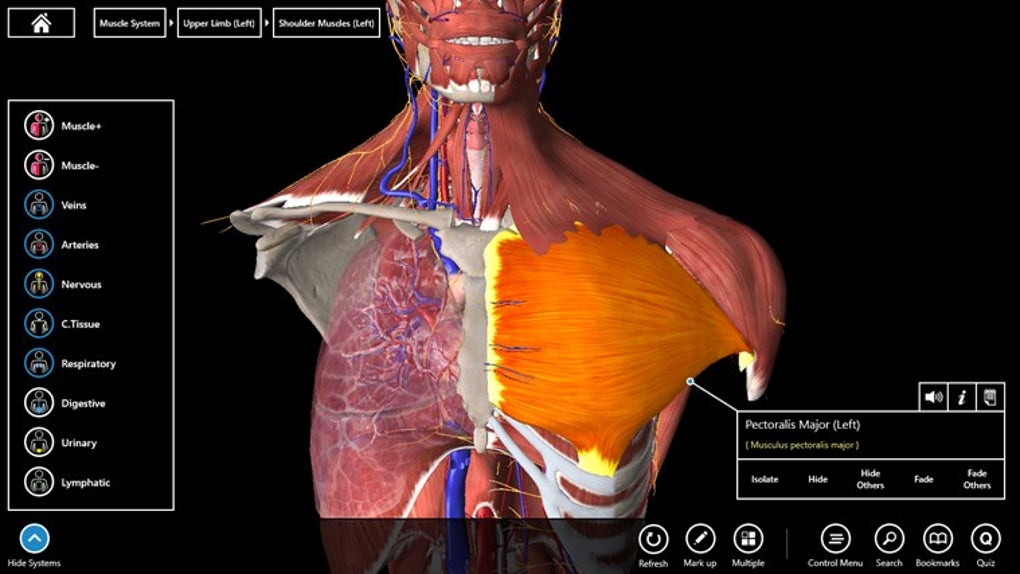
Most herbivores have very flat molars and premolars in the back of their mouths (like we do) and they usually have scoop-like incisors (upper and/or lower). The tufted deer (from China) are herbivores with canines (Photo: Wiki commons). Some deer like, sitka deer, have carnassial fangs! They creatures usually lack carnassials, though not all. For our purposes I'm going to include grass, plant, and grain eaters ( granivores). Herbivores- Herbivores are the plant eaters.

This is an example of carnassial teeth, used for ripping, tearing, and shearing meat (Photo: Wiki Commons). These creatures often have very wicked looking teeth, and sharp carnassials as well, just like the other carnivores. For this classification I'm going to include insectivores like bats and some voles and moles and pescavores, or fish eaters. This allows them to hold, rip, and tear meat from prey. Their back teeth, or molars and premolars are what we call " carnassial" meaning that they too are serrated and sharp, like the blades of a saw. Often their front canine teeth are elongated and sharp and their incisors are often small and reduced in size.

This is because they use their lower jaw to "scoop" grass and leaves, and then the vegetation is passed to the back molars for grinding (this scooping action is what animal trackers look at to know the difference between the shearing cuts of rabbit teeth and the ragged scoop of deer teeth on vegetation).
#Essential anatomy 3 split skull full
In deer (and sheep, horses, etc.), the upper jaw has no incisors, but the lower jaw has a full set of incisors. This is because each jaw may have a different function. R emember that animal skulls will not always have the same number of teeth in their upper and lower jaws. You would double that for a full tooth count. For example, in the image above, there are three incisors, one canine, four premolars, and two molars on one side. The other half of the jaw is exactly the same (for dental formulas you then multiply by two). This means, that when you study the teeth of a mammal you only need to study one side of the mouth, or count teeth on one side of the skull. The right side of our skeleton, and our external body, matches the left. All mammals, like you and me, have bodies with mirror halves. The last tidbit you should know, is about bilateral symmetry. For now, if it helps, focus mostly on the incisors, canines and molars (farthest back two pairs of teeth) if you're not sure. You'll have to practice skull identification, and looking at different types of teeth to get comfortable.

The other types of teeth are much easier. There's no hard and fast rule for telling them apart, and often they can look very similar. Knowing where molars and premolars begin and end can be tricky. The number, shape, and size of teeth can help you determine what type of animal skull you've found. Animal dentition in a canine (Photo: Animal ). Often they are for grinding food, like in humans, but in meat eating creatures they too may be serrated and have sharp edges for ripping and tearing meat.

Molars (turquoise) also vary, depending on their use. Premolars (pink), are behind the canines, and can be flat for grinding, like in the mouth of beavers, or they can be sharp and serrated like in dogs and canines, for tearing meat. Canines (green) are usually for ripping or tearing meat, so they are long and pointed. Incisors (dark blue) are at the front of the mouth and are usually for scraping or biting, so they are scoop shaped and smaller. Teeth are specialized to do different jobs, depending on the diet of the creature (if you ever want to see a really weird skull, check out the anteater, they don't have any teeth, just a long bone snout!) If you feel around your mouth with your tongue, it becomes apparent that you don't have all the same types of teeth. Often one or the other is enough to help you. It's also helpful if you have both jaws available,(upper and lower mandibles) though it's not required. If the teeth are present, this is easiest, though you can sometimes muddle through by looking at the skull if only the tooth sockets remain. The easiest way to start is by looking at the teeth of of the skull. In my previous post about animal skulls I provided you with some basic animal skull identification resources, but in this post I want to help you begin to narrow down what type of animal skull you might have found. Animal Skull ID: Identifying Animal Skulls By Their Teeth Canine skull with clear carnassial and canine teeth (Photo: Wiki Commons).


 0 kommentar(er)
0 kommentar(er)
